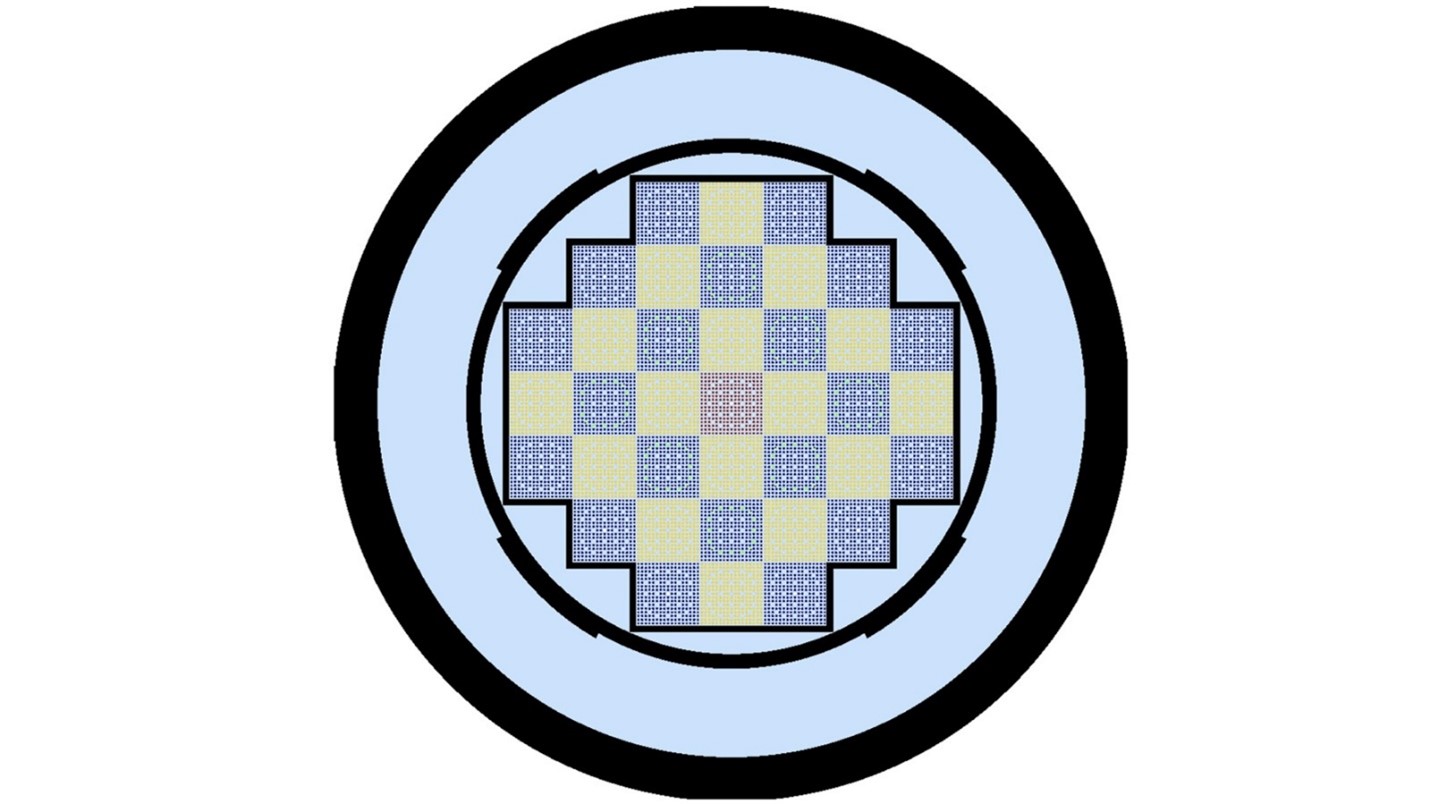The Tianwan-6 control room. Photo: CNNC
Unit 6 at the Tianwan nuclear plant has entered commercial operation, China National Nuclear Corporation announced last week. The domestically designed ACPR-1000 pressurized water reactor becomes CNNC’s 24th unit to enter service, raising the company’s installed generating capacity to 22.5 GWe (gross).
Vogtle-3’s containment (right) and turbine building (left) in May. Photo: Georgia Power
Georgia Power recently pushed back its projected commercial operation date for Vogtle-3 from December of this year to January 2022, but now some engineering and financial experts are saying that this revised date is too optimistic.
The Max Planck Institute for Plasma Physics offers an interactive and informative 360-degree panoramic tour of Wendelstein 7-X. (Source: ipp.mpg.de)
U.S. scientists are getting funding to carry out seven research projects at two major stellarator fusion energy facilities located in Germany and Japan, the Department of Energy announced on June 8. A total of $6.4 million has been allocated for seven research projects with terms of up to three years.
The Dungeness B nuclear power station, in Kent, southeastern England. (Photo: geograph.org.uk)
EDF Energy, owner and operator of the United Kingdom’s nuclear reactor fleet, yesterday announced its decision to move the Dungeness B nuclear plant into its defueling phase “with immediate effect,” rather than proceed with a restart later this year. The company had previously stated that it intended to operate the facility, located in southeastern England, until at least 2028.
This image shows the individual pins in a full-core nuclear reactor simulation. (Image: ANL)
Coolant flow around the fuel pins in a light water reactor core plays a critical role in determining the reactor’s performance. For yet-to-be-built small modular reactors, a thorough understanding of coolant flow will be key to successfully designing, building, and licensing first-of-a-kind reactors.
Byron nuclear power plant
Three Illinois nuclear power plants—Byron, Dresden, and Quad Cities—did not clear in last week’s long-delayed PJM Interconnection capacity auction, Exelon Generation reported in a filing with the Securities and Exchange Commission.
The news is likely to further pressure the Illinois General Assembly to pass a comprehensive energy package—one with subsidies for the state’s financially ailing nuclear plants—before Exelon moves forward with its plan, announced last August, to prematurely retire Byron and Dresden.
The MARVEL reactor concept with Stirling engines. (Image: DOE)
A future TerraPower plant visualization. (Graphic: TerraPower)
TerraPower has a design for a sodium-cooled fast reactor and federal cost-shared demonstration funding from the Department of Energy. Its partner, PacifiCorp, has four operating coal-fired power plants in the state of Wyoming. On June 2, together with Wyoming Gov. Mark Gordon and others, the companies announced plans to site a Natrium reactor demonstration project at a retiring coal plant in Wyoming, with a specific site to be announced by the end of 2021.
Plasma in MAST. (Photo: UKAEA/EUROfusion)
As governments around the world cooperate on the ITER tokamak and, in parallel, race each other and private companies to develop commercial fusion power concepts, it seems that “game-changing” developments are proclaimed almost weekly. Recently, the United Kingdom and China announced new fusion program results.














